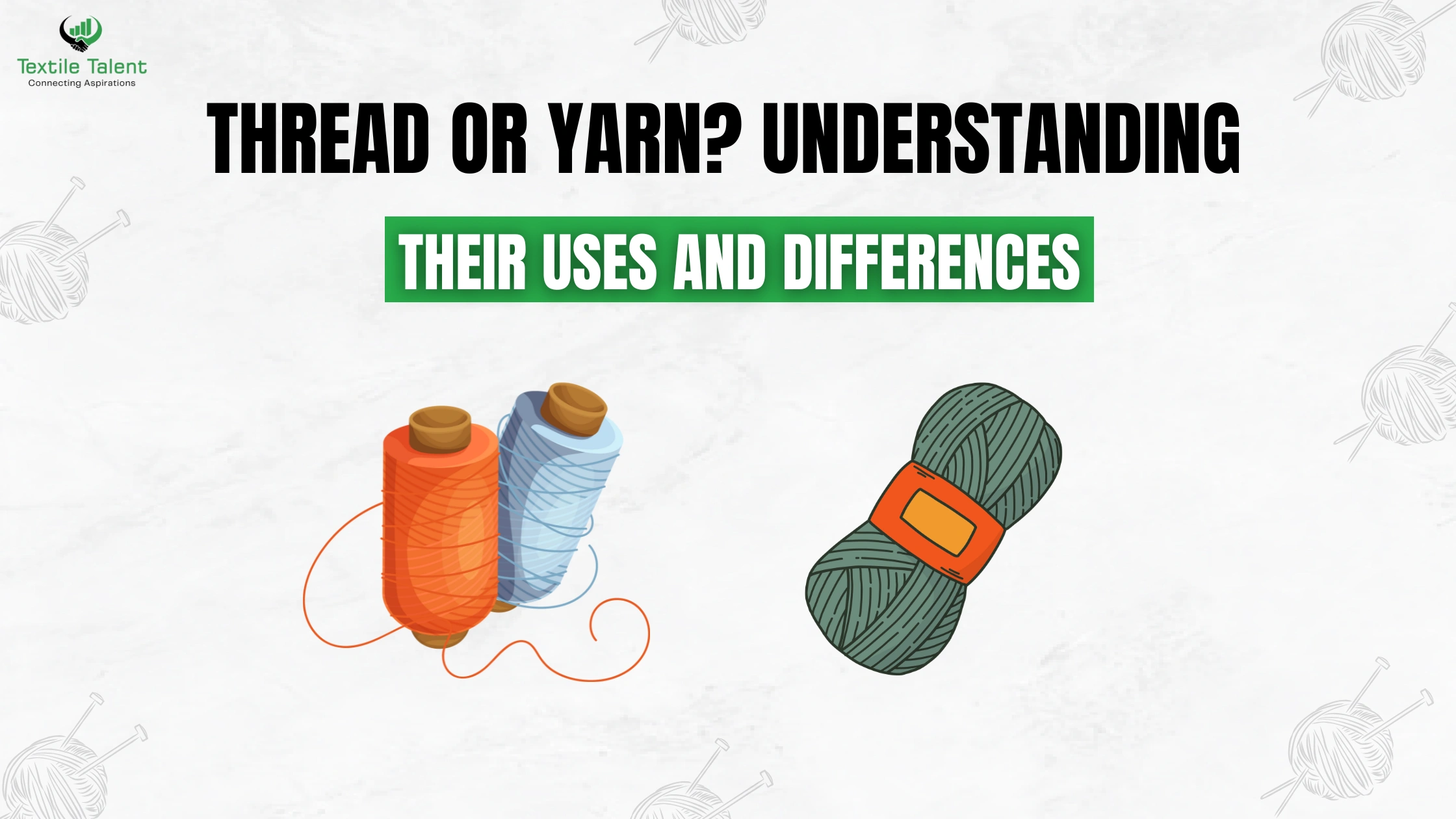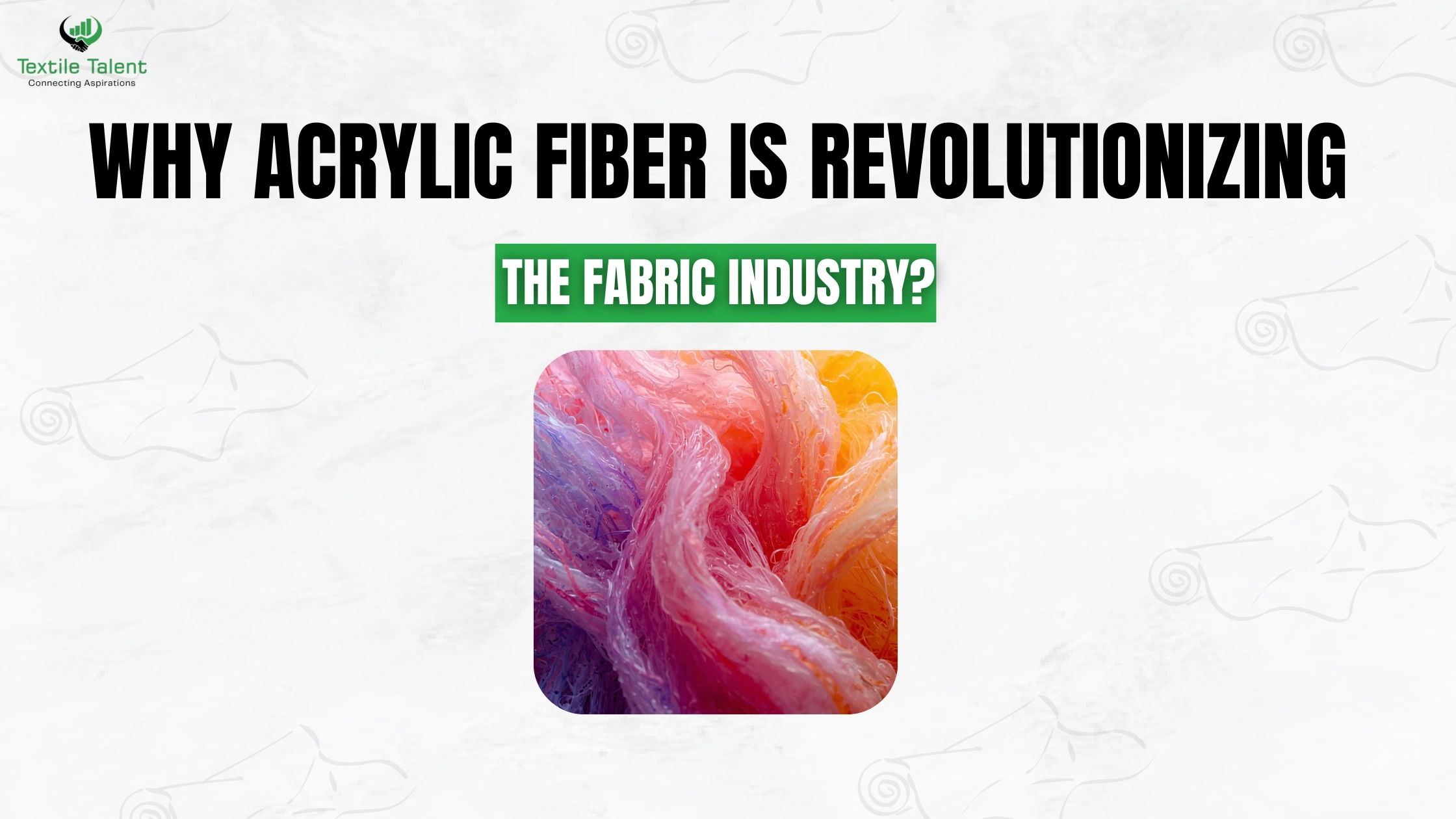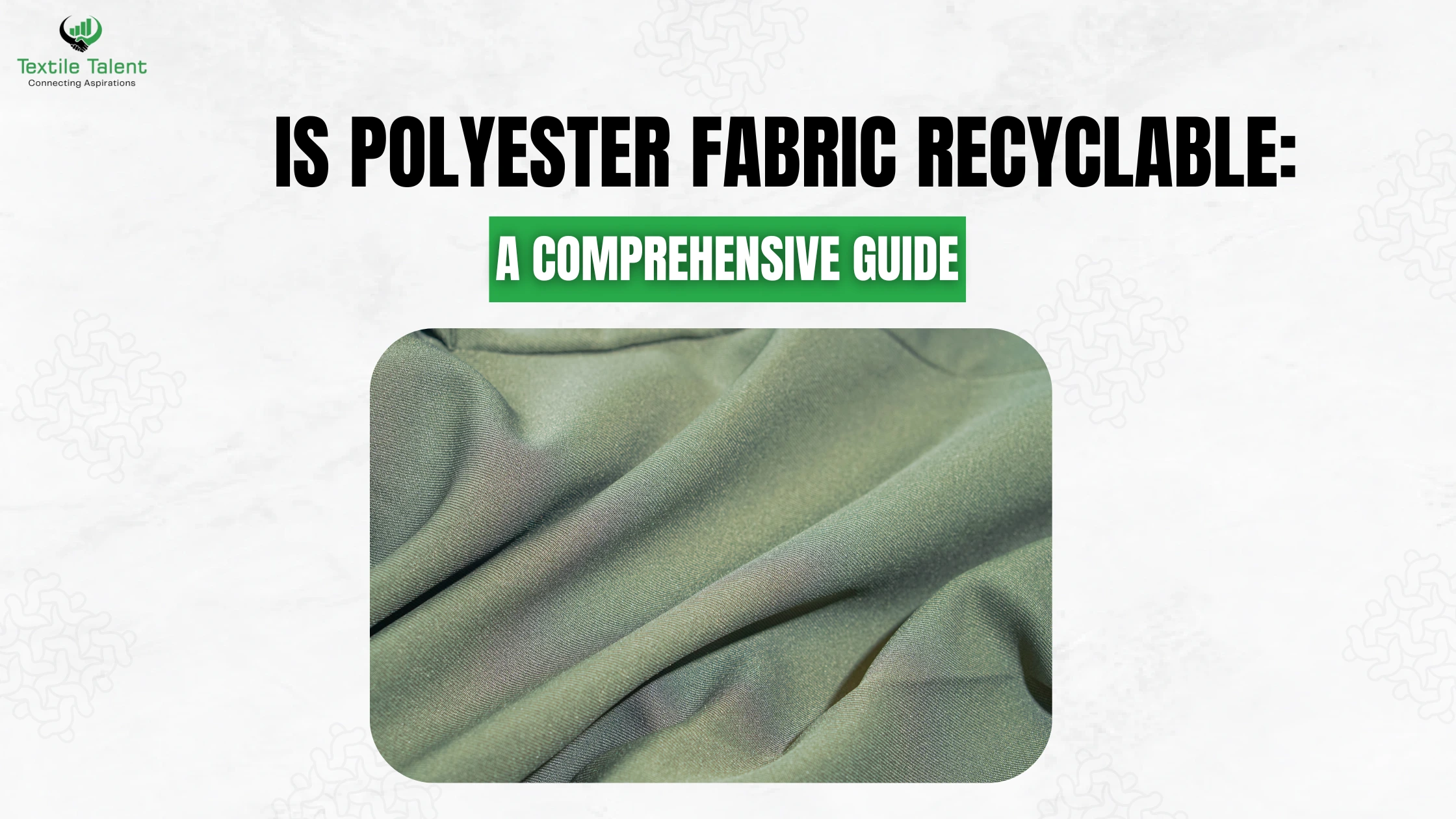
Summary
Have you ever looked in the craft area feeling lost among the thread and yarn? I know that you are not alone. At a glance, these two will be found to be the same but are applied very differently. In this article, we’ll break down the difference between thread and yarn, explore their uses, and help you decide which one is right for your next project. It does not matter whether you sew, knit, or do DIY crafts as this guide will have your back.
Introduction
Have you ever wondered how to decide when you should use thread and when you should use yarn on some project? Well, you are at the right place then. Here is the thing, even though they are both made of fibers and that sometimes it may even be difficult to tell them apart, thread and yarn are made to do different things altogether.
Knowing the difference between thread and yarn can help you avoid project mistakes, improve your crafting skills, and save time and money. This guide will discuss all you need to know in very simple but uncomplicated words.
What Is the Difference Between Thread and Yarn?
The main difference between thread and yarn lies in their thickness, strength, texture, and purpose. Thread is used to create sewing and stitching materials together whereas yarn is used to create a material, i.e. fabric, using knitting, crocheting, or weaving.
Thread: Designed for Precision Work
Thread is normally the tightly spun and smooth strand that is employed in sewing. It is created to be able to go through cloths with little resistance. Thread is commonly coated or treated in some ways so as to make it stronger and it breaks less easily.
Material and Appearance
Thread is usually cotton, polyester or silk. It is smooth, robust and tends to be fairly thin and often comes in small spools to be sewn by hand or machine.
Common Applications
Thread is ideal to stitch seams, quilting, embroidery, and he mming among other activities that demand precision and strength. It is an important ingredient on major part of the stitched attires and ornaments.
Yarn: Built for Texture and Fabric Creation
Yarn is thicker, and fiber soft than thread. It is the favorite material for crafts that involve fabric making, for example, knitting or crocheting. Yarn is softer and comes in countless of weights and textures, ranging from delicate and silk-like to huge and fluffy.
Material and Structure
Yarns are generally of many types of yarn performed like wool, acrylic, cotton, bamboo or yarn blends. It is pulled tighter than yarn and it has more texture, so it is good for embroidery textures and shapes.
Where It’s Used
Scarves, sweaters, blankets, hats and socks and other textiles are made of Yarn. It gives texture, construction and form to your crafted pieces.
Texture and Strength: What Sets Them Apart
Texture and strength are two of the clearest indicators when comparing thread and yarn. This is where you’ll see the difference between thread and yarn show up in real-world usage.
Yarn Has More Texture and Flexibility
Yarn is almost always thicker and more pliable than thread, which makes it better for big-large or textured patterns. It brings warmth, and thickness to the fabric, it is a perfect for wearables & home decor.
Thread Offers More Precision and Durability
Although thread is thinner, it is much more tightly spun, this giving it high tensile strength. It's designed to keep things together well under pressure and performed repetition, washing, and wear.
Choosing the Right Material for Your Project
Selection of the material can either make or break your project. The difference between thread and yarn matters most when it comes to purpose.
When to Use Thread
Use thread when you need to:
-
Sew seams in clothing or upholstery
-
Stitch small, detailed embroidery patterns
-
Create invisible or subtle stitching
-
Use a sewing machine or needle for fine work
When to Use Yarn
Use yarn when you’re working on:
-
Knitted or crocheted items like scarves or blankets
-
Textured projects requiring thicker fibers
-
Visible decorative stitching
-
DIY crafts that involve fabric-making rather than stitching
Exploring the Difference Between Yarn and Thread
To make the difference between yarn and thread even clearer, here’s a simple side-by-side comparison.
|
Feature |
Thread |
Yarn |
|
Thickness |
Very thin |
Medium to thick |
|
Primary Use |
Sewing, embroidery |
Knitting, crocheting |
|
Texture |
Smooth, tightly spun |
Fluffy or smooth, loosely spun |
|
Strength |
High for its size |
Moderate, varies by material |
|
Tools Used |
Sewing needles, sewing machines |
Knitting needles, crochet hooks |
|
Application Style |
Joins fabric pieces together |
Builds fabric from scratch |
Fiber Types: Natural vs Synthetic
Thread and yarn are synthetic and natural. Your end result is also affected by the choice of the right fiber.
Natural Fibers
They include cotton, wool and silk, all of which are natural. Cotton fibre is porous and sturdy whereas wool fibre is warm and stretchy. They are suitable fibers on products that come close to the body or those out in the nature.
Synthetic Fibers
Polyester thread has excellent durability and it will not shrink; whereas, acrylic yarn is light and is inexpensive. They are good to be used on the daily activities or products expected to last long or as a starter project.
FAQ: Thread vs Yarn
Can I use yarn instead of thread in sewing?
Typically, no. Yarn is meant to be too thick and will not fit with normal sewing machines and will not give pinpoint stitching. It is only easy to break or tear your fabric.
Is thread stronger than yarn?
Yes, thread is typically stronger than yarn when comparing equal weights. It’s designed to hold pieces of fabric together under stress.
Can you knit or crochet with thread?
Yes, but it’s more challenging due to the thinness. Crochet thread exists and is used for delicate lacework, doilies, or fine accessories.
How can I identify yarn vs thread quickly?
If it’s thick, fluffy, and comes in a skein—it’s yarn. If it’s thin, tightly wound on a small spool—it’s thread.
Final Thoughts
Understanding the difference between thread and yarn can save you frustration and elevate your crafting skills. It all depends on which material to choose whether it is sewing a dress or crochetting a warm blanket.
When you are waffling between thread and yarn next time just consider what you will do with the project. Do you build structure or do you make connectivity? Such one simple question can direct you to the correct material each time.
Now that you know the difference between thread and yarn, you can shop, craft, and create with total confidence.






